Explore Emerging Trends & Technologies in Electrical Maintenance

Electrical maintenance is a critical component of any industrial operation, ensuring the safety, reliability, and efficiency of electrical systems. As technology continues to evolve, so do the methods and tools used in electrical maintenance. For plant managers and business owners, staying informed about emerging trends and technologies in this field is key to optimizing performance, minimizing downtime, and maintaining safety standards.
In this blog, we will explore some of the latest trends and technologies shaping the future of electrical maintenance across various industries.
1. Predictive Maintenance and Condition Monitoring
One of the most significant shifts in industrial electrical maintenance is the growing use of predictive maintenance. Traditional maintenance methods rely on either scheduled maintenance intervals or waiting for equipment to fail before addressing issues. Predictive maintenance, however, uses real-time data to monitor equipment conditions and predict when maintenance will be required. This approach helps to prevent unplanned downtime, reduce repair costs, and extend the lifespan of electrical components.
Predictive maintenance systems often incorporate sensors and data analytics to monitor various parameters like voltage levels, current fluctuations, temperature, and vibration. By analyzing this data, plant managers can detect early signs of wear and potential failures before they become critical. This proactive approach allows businesses to plan maintenance activities more efficiently, minimizing disruptions to production and improving overall system reliability.
2. The Rise of the Internet of Things (IoT) in Electrical Maintenance
The Internet of Things (IoT) has had a transformative impact on many industries, and electrical maintenance is no exception. IoT devices, which consist of interconnected sensors, monitoring tools, and communication networks, are increasingly being integrated into industrial electrical systems to enhance monitoring and diagnostics.
IoT sensors can continuously collect data on electrical system performance, feeding it into centralized platforms where plant managers can monitor equipment health in real time. This enables quick identification of potential issues, allowing for immediate intervention before problems escalate. The use of IoT in electrical maintenance also facilitates remote monitoring, enabling maintenance teams to track system performance without being physically present on-site.
In addition to improving maintenance efficiency, IoT-based systems can also optimize energy usage by monitoring power consumption patterns. This leads to more energy-efficient operations, reducing costs and environmental impact.
3. Artificial Intelligence and Machine Learning
Artificial intelligence (AI) and machine learning (ML) are emerging technologies that are gradually finding their way into electrical maintenance. These advanced technologies allow for deeper insights into electrical system behavior by identifying complex patterns in data that would be difficult for humans to detect manually.
In the context of electrical maintenance, AI-driven algorithms can analyze vast amounts of data from sensors and equipment, identifying anomalies that may indicate potential failures. By learning from historical data, these systems can predict future issues with greater accuracy, further enhancing the predictive maintenance process.
AI-powered maintenance tools are also capable of recommending corrective actions based on the detected issue, providing maintenance teams with the guidance they need to prevent system breakdowns. As AI and machine learning continue to evolve, they are expected to play an increasingly important role in optimizing industrial electrical maintenance practices.
4. Augmented Reality for Maintenance Support
Augmented reality (AR) is another emerging technology with significant potential in the field of electrical maintenance. AR allows maintenance technicians to overlay digital information, such as diagrams or step-by-step instructions, onto their real-world view using devices like smart glasses or tablets.
In industrial environments, AR can be used to streamline electrical maintenance tasks by providing technicians with real-time visual guidance. For example, when performing complex maintenance procedures, technicians can use AR to access schematics and wiring diagrams without having to flip through manuals. This reduces the likelihood of human error and speeds up the troubleshooting process.
AR can also facilitate remote assistance, allowing experts to guide on-site technicians through maintenance procedures from a different location. This is especially useful in situations where specialized knowledge is required, but the expert cannot be physically present.
5. Energy Efficiency and Sustainability
As industries increasingly prioritize sustainability, energy-efficient electrical systems have become a focal point of maintenance strategies. Electrical systems that are not properly maintained often consume more energy due to inefficiencies like poor insulation, damaged wiring, or overloaded circuits. Regular maintenance helps identify and address these issues, improving the energy efficiency of industrial operations.
Beyond regular maintenance, emerging technologies are enabling even more significant energy savings. For example, smart meters and energy management systems can provide real-time data on energy consumption, allowing businesses to optimize their electrical usage and reduce waste. Additionally, many industries are now incorporating renewable energy sources, such as solar panels, into their electrical grids, which require specialized maintenance practices to ensure optimal performance.
6. Remote and Automated Maintenance
Automation and remote technologies are becoming increasingly important in industrial electrical maintenance. Automation involves using machinery or software to perform tasks with minimal human intervention, while remote technologies allow maintenance teams to monitor and control systems from a distance.
In some industrial settings, automated systems can perform routine electrical maintenance tasks, such as testing circuits, monitoring voltage, or conducting diagnostics. This not only improves efficiency but also minimizes human exposure to hazardous conditions.
Remote maintenance tools allow for real-time diagnostics and troubleshooting, reducing the need for technicians to be physically present at the site. This is particularly valuable in industries with vast electrical systems, such as power generation or oil and gas, where maintenance teams may need to monitor electrical infrastructure spread across multiple locations. Remote tools also enhance safety by allowing maintenance personnel to identify and address issues from a secure distance.
7. Digital Twins for Electrical Systems
A digital twin is a virtual replica of a physical system or piece of equipment, and it is increasingly being used in industrial settings to improve maintenance and operational performance. In electrical maintenance, a digital twin can be created for electrical systems, allowing plant managers to simulate and monitor real-time conditions without interfering with actual operations.
By using digital twins, maintenance teams can simulate different scenarios, such as system failures or equipment malfunctions, to identify the most effective response strategies. This helps to minimize downtime and ensures that electrical systems are maintained in optimal condition. Digital twins also allow for more precise maintenance planning by predicting how components will wear over time based on real-world data.
As the industrial landscape continues to evolve, the field of electrical maintenance is undergoing significant transformation. Emerging technologies like predictive maintenance, IoT, AI, augmented reality, and digital twins are revolutionizing the way plant managers and business owners maintain their electrical systems. These technologies not only improve the efficiency and reliability of electrical maintenance but also enhance safety, energy efficiency, and sustainability.
By staying ahead of these trends, industrial leaders can ensure their electrical systems remain in peak condition, reducing the risk of costly downtime and equipment failures while improving overall operational performance.
Newsletter
Don't miss a thing!
Sign up to receive daily news
Recent Posts
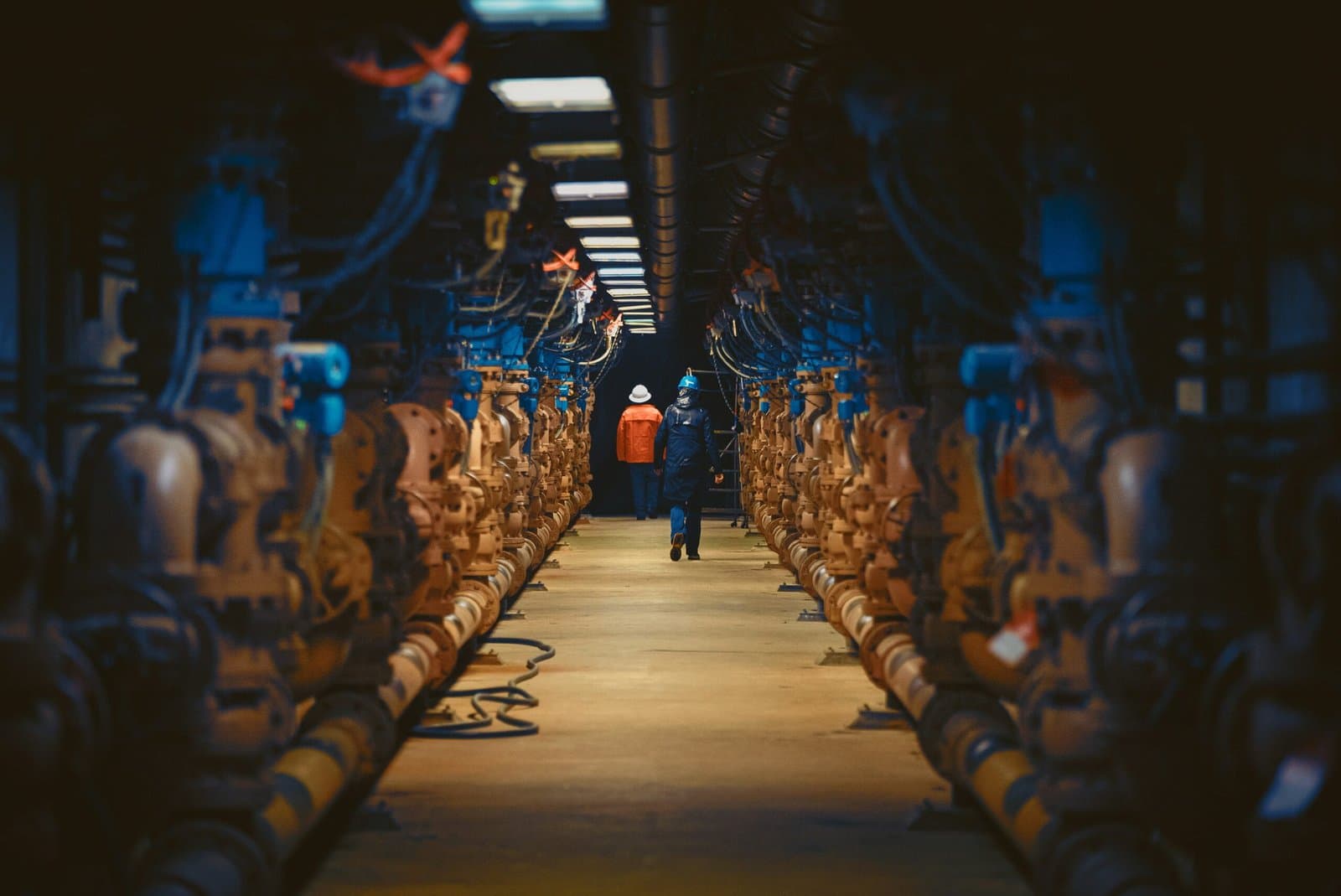
august 30, 2025
Decommissioning a Facility: How to Turn It into a Profitable Venture
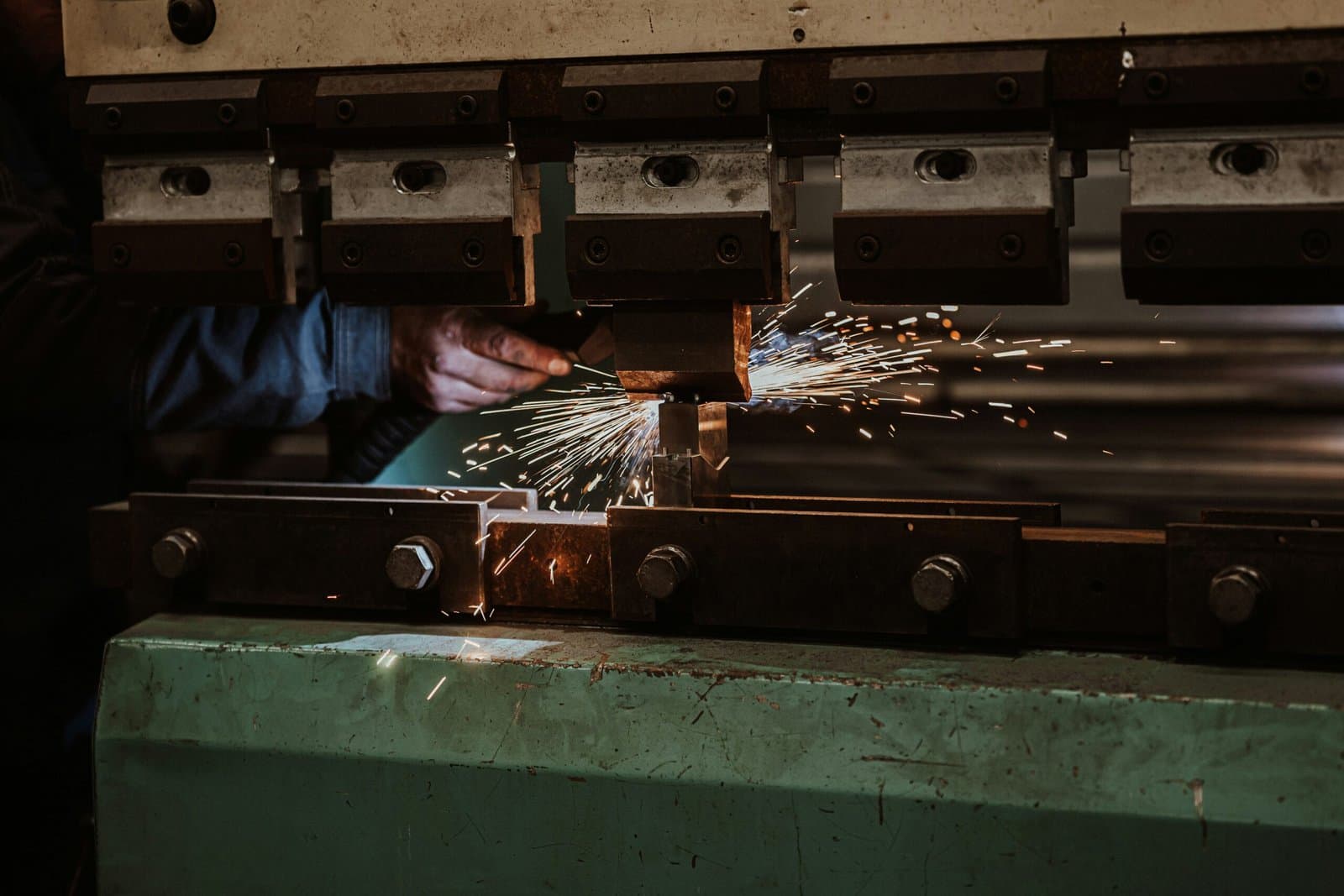
august 25, 2025
Hydraulic Press Maintenance 101
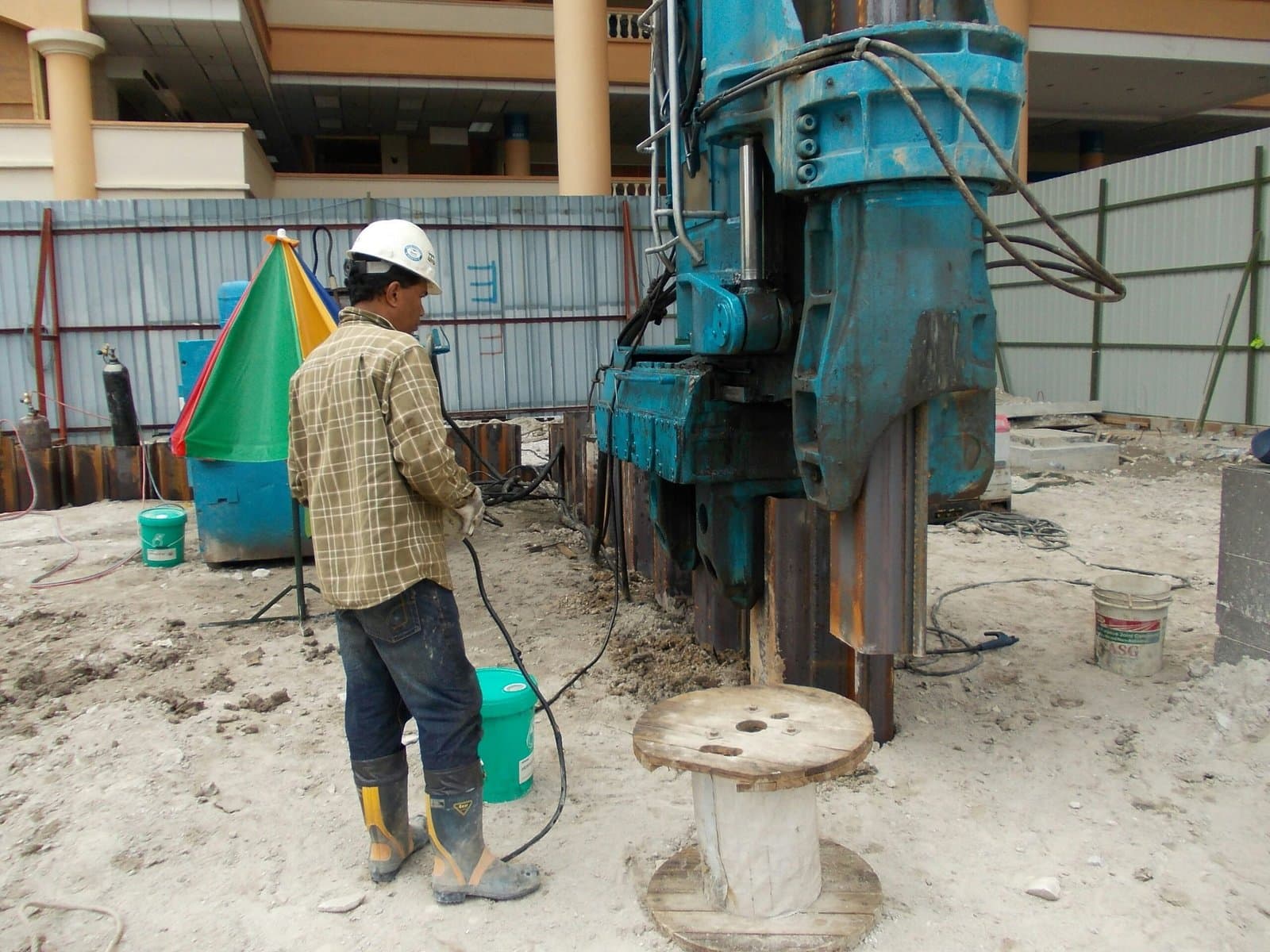
august 18, 2025
Rigging Machinery: The Challenge of Moving and Installing Outdated vs. Modern Equipment
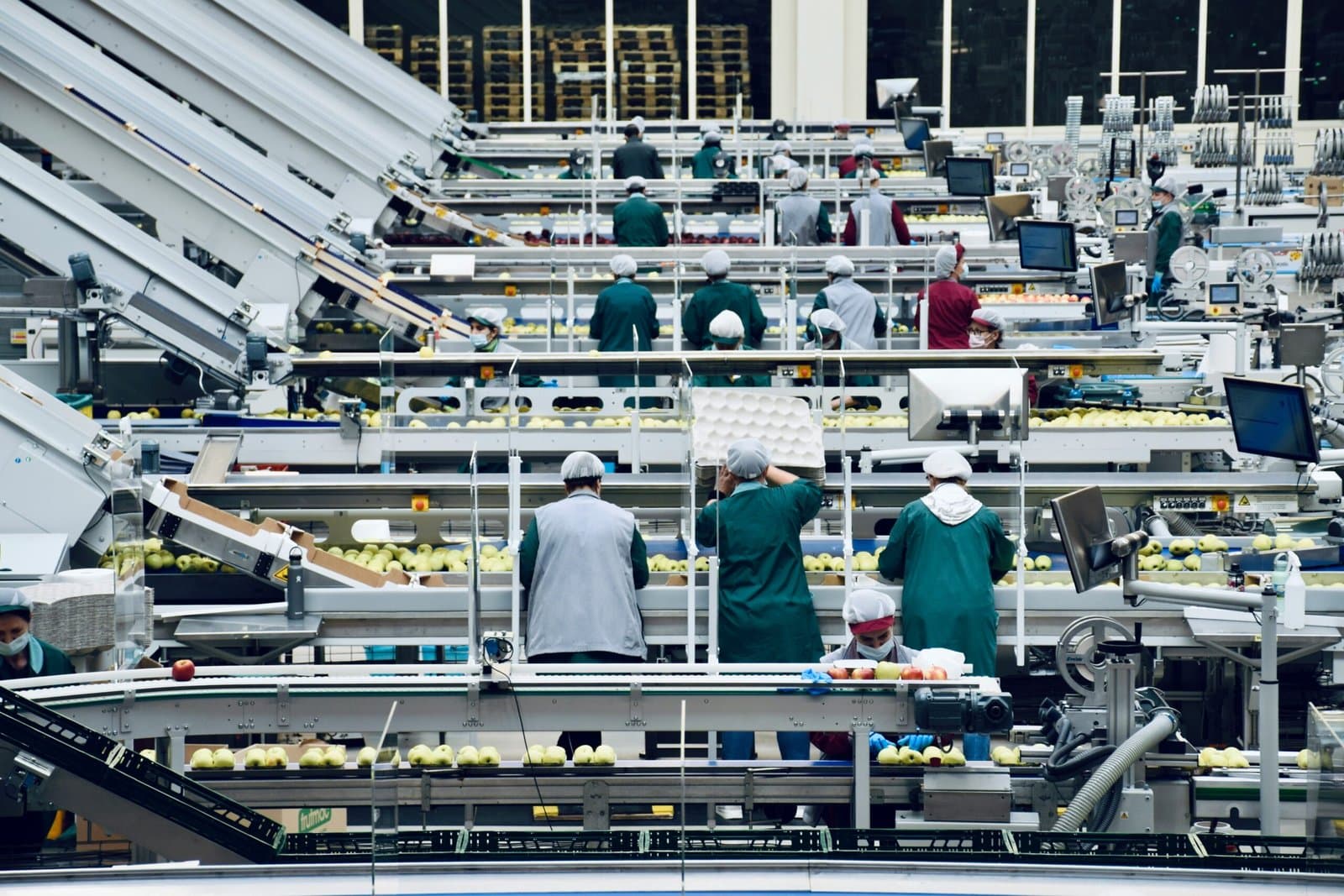
august 16, 2025
Conveyor System Maintenance: 5 Early Warning Signs of Failure
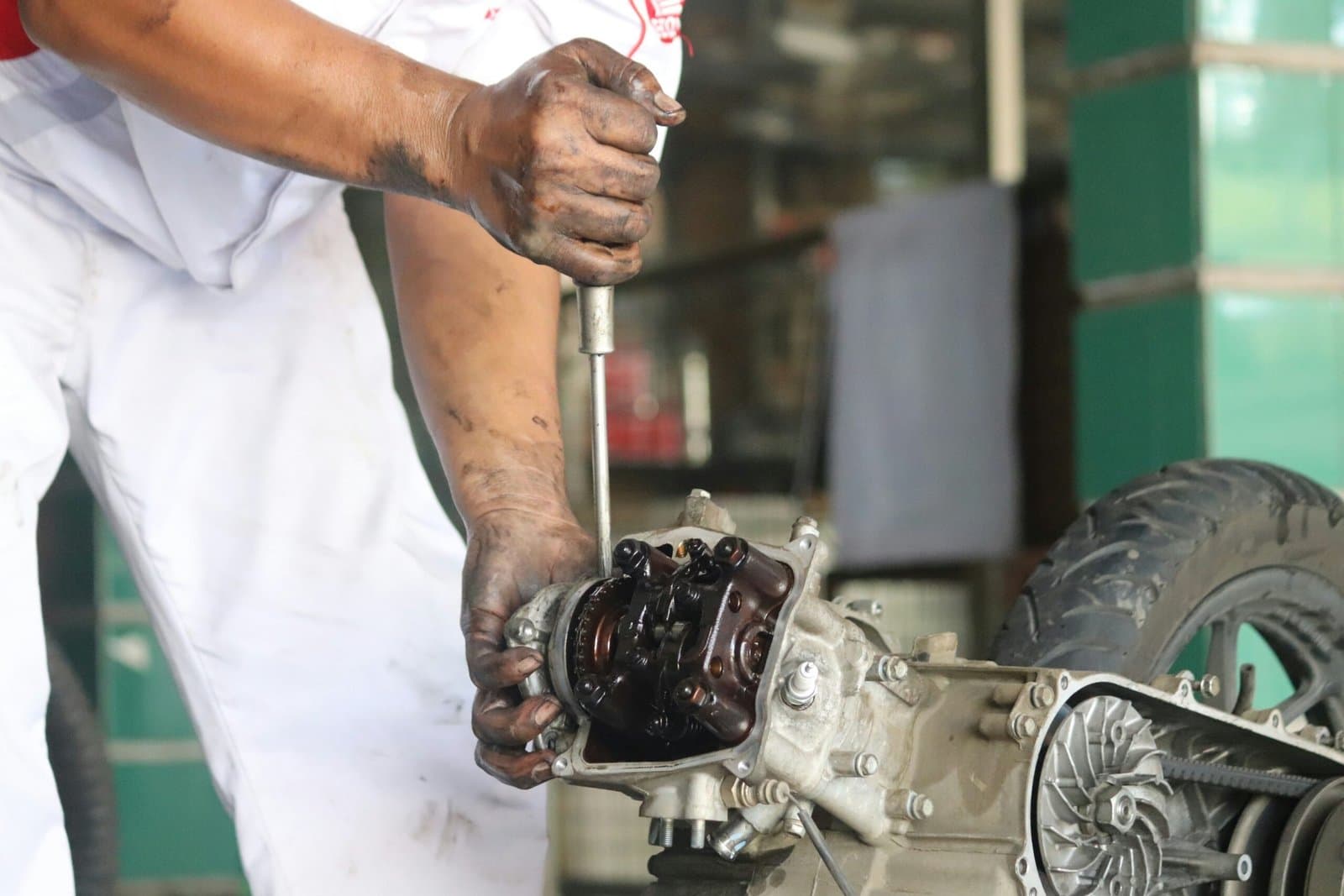
august 14, 2025
Predictive Maintenance: The Smarter Alternative to Costly Reactive Repairs

august 11, 2025